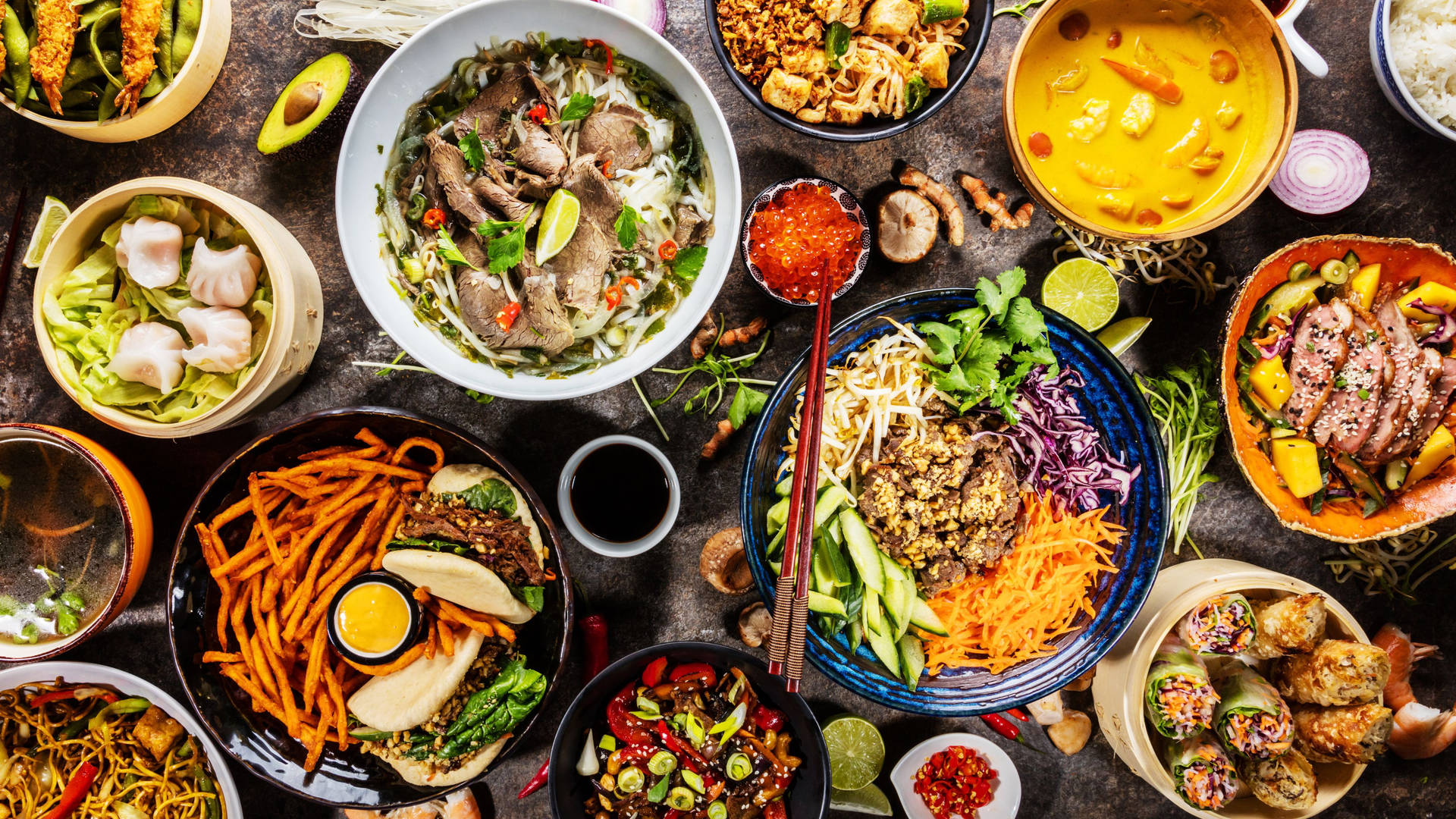
Have you ever stopped to think about the incredible journey our food takes from field to fork? For centuries, humanity navigated the culinary landscape with a mix of tradition, trial-and-error, and sometimes, outright fear. What we once considered a simple meal or a harmless ingredient might have harbored hidden complexities, or perhaps, its true potential was vastly misunderstood. Indeed, the narrative around what makes our food “safe” or “dangerous” is far more dynamic and fascinating than many of us imagine.
Modern food science, with its relentless curiosity and innovative spirit, has peeled back the layers of these culinary mysteries. It has transformed our collective understanding, turning perceived dangers into manageable challenges, and revealing the profound benefits of substances once viewed with skepticism. This isn’t just about avoiding a stomach ache; it’s about a grand scientific quest to unlock the full potential of our food supply, ensuring not only safety but also optimal nutrition and quality.
Join us on a captivating journey as we explore eight remarkable instances where scientific inquiry has redefined our relationship with what we eat. We’ll delve into intriguing facts and surprising discoveries, shedding light on how advanced research—from rapid detoxification methods to the nuanced roles of micronutrients—has illuminated the true nature of foods and their components, challenging age-old assumptions and forging a path towards a safer, more flavorful, and more nutritious future.

1. **Raw Kidney Beans: The Hidden Hazard Unveiled**For many, a bowl of kidney beans is a hearty, wholesome staple, but few truly grasp the potent secret lurking within their raw or improperly cooked state. While universally enjoyed in countless dishes worldwide, these humble legumes harbor a group of natural toxins known as phytohemagglutinins. Ingesting these antinutrients without adequate preparation can lead to uncomfortable, sometimes severe, gastrointestinal distress, making them a prime example of a food whose inherent danger requires careful handling.
Historically, cooking practices evolved to neutralize these compounds, often through prolonged boiling or soaking. However, modern science has delved deeper, seeking more efficient and effective ways to ensure safety and enhance nutritional properties. The article “Water-Assisted Microwave Processing: Rapid Detoxification and Antioxidant Enhancement in Colored Kidney Beans” highlights precisely this quest. This groundbreaking research aimed to develop an industrially viable method for rapidly detoxifying raw kidney beans, transforming a lengthy traditional process into a swift, scientifically optimized solution.
Through an ingenious method combining “optimized 5 min water soaking combined with intermittent microwaving (500 W, 5 min),” researchers achieved significant reductions in key antinutrients. Specifically, phytic acid was reduced by 43–49%, tannins by 74–90%, and saponins by 59–68%. Crucially, these reductions brought the antinutrient levels “all below safety thresholds,” showcasing a remarkable leap in food processing technology. This integrated approach achieved comparable detoxification to 30 minutes of traditional boiling in just five minutes, establishing water-assisted microwave processing as an “efficient strategy for industrial-scale production of safer, nutrient-enhanced legumes.”
Beyond just detoxification, this innovative method also concurrently elevated the antioxidant capacity across four colored varieties, with Ferric Reducing Antioxidant Power (FRAP) increasing by 66–115%. Metabolomic analysis identified a substantial accumulation of key antioxidants, including glutathione and quercetin derivatives. This dual mechanism—detoxification alongside nutrient enrichment—reveals how scientific ingenuity not only mitigates potential danger but actively enhances the nutritional value of a food, offering a powerful testament to the evolving understanding of our food’s complexities. It underscores that what might have once been a trial-and-error approach to food preparation is now a precisely engineered science, safeguarding health and enriching diets simultaneously.
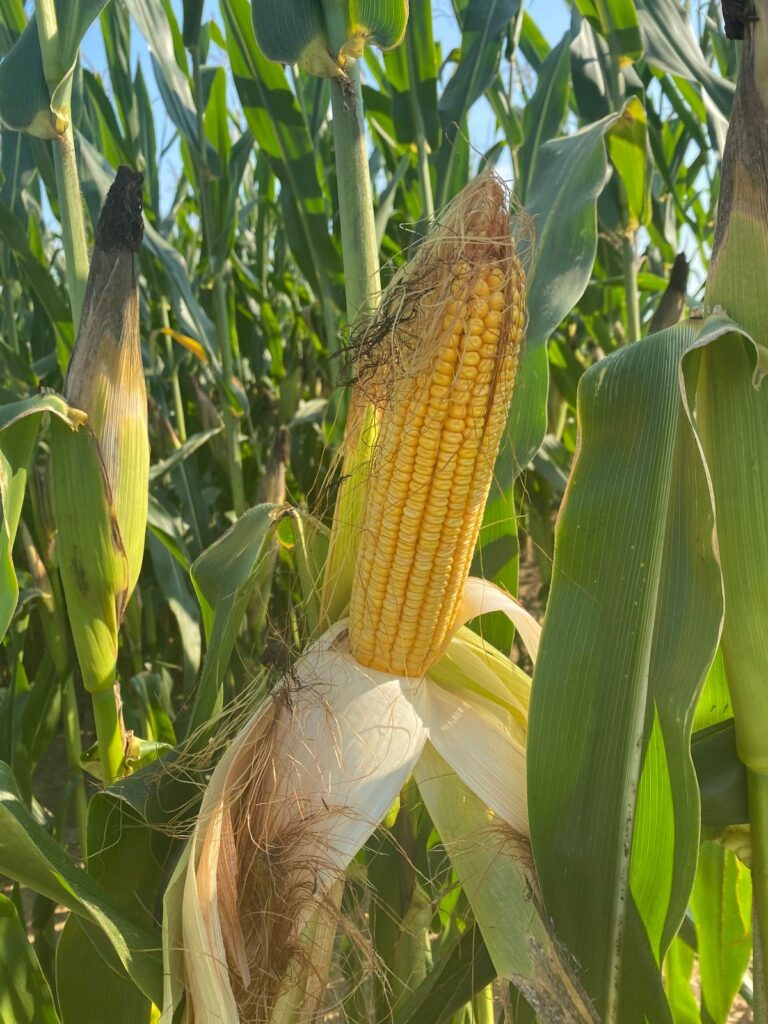
2. **Maize and Aflatoxin B1: Unmasking the Silent Threat**Maize, or corn, stands as a cornerstone of global agriculture, feeding billions and forming the basis of countless culinary traditions. Yet, beneath its seemingly innocuous facade, lurks a potential invisible adversary: Aflatoxin B1. This potent mycotoxin, produced by certain fungi, can contaminate maize crops, posing significant health risks, including liver damage and even cancer. For generations, farmers and consumers might have consumed seemingly healthy maize, unaware of the insidious presence of these toxins, making the scientific understanding of aflatoxin a critical stride in ensuring food safety.
The challenge lies in detecting and mitigating this hidden danger, which often arises from environmental factors during growth and storage. Enter the scientific quest to identify contamination indicators. The article “Associations Between Mineral Composition and Aflatoxin B1 in Maize (Zea mays L.) Seeds: Toward Contamination Indicators and Food Safety” delves into this crucial area, seeking to establish a clear link between the mineral composition of maize seeds and the presence of Aflatoxin B1.
This research, and others like it, aims to provide robust methods for ensuring the safety of maize. By understanding the intricate interplay between a crop’s genetic makeup, its environmental conditions, and the potential for mycotoxin accumulation, scientists can develop strategies for prevention and early detection. The goal is to move beyond merely reacting to contaminated batches and instead implement proactive measures, identifying maize varieties or growing conditions that are more resilient to mycotoxin contamination. This systematic approach is vital for global food security and public health.
The implications of such research are profound. It transforms our understanding of maize from a simple commodity to a complex biological system where hidden dangers can be precisely monitored and managed. This scientific vigilance ensures that the maize reaching our tables is not just abundant but also unequivocally safe, mitigating risks that might have gone unnoticed or misunderstood in earlier eras. It’s a testament to how scientific rigor uncovers invisible threats, turning a once-unseen hazard into a controllable factor in the food chain.

3. **Selenium: From Perceived Poison to Precise Nutrient**Selenium. The name itself might conjure images of toxic heavy metals for some, while for others, it’s recognized as a vital micronutrient. This element exists on a fascinating knife-edge: essential for numerous bodily functions in small amounts, yet profoundly toxic in excess. This delicate balance, perhaps not always fully appreciated by the public, has made its dietary role a subject of both fascination and scientific scrutiny. The journey to understand selenium’s precise benefits and safe applications is a compelling narrative in food science.
Modern research, such as the study “Poria cocos Polysaccharide-Modified Selenium Nanoparticles: Structural Characterization, Stability, and In Vitro Antioxidant and Anti-Inflammatory Activity Studies,” exemplifies this quest. This work focuses on developing novel selenium-enriched dietary supplements, specifically Poria cocos polysaccharide-modified selenium nanoparticles (PCP-Se NPs). The critical hurdle? “The limited stability and pronounced tendency of selenium nanoparticles (Se NPs) to aggregate in aqueous environments have significantly constrained their practical applications.” This highlights a challenge in ensuring that even beneficial forms of selenium are delivered safely and effectively.
The study’s findings are truly exciting. PCP-Se NPs were synthesized and characterized, exhibiting “a uniformly dispersed spherical morphology with an average particle size of 66.64 ± 0.30 nm.” Crucially, compared to unmodified Se NPs, “PCP-Se NPs exhibited low Se release (8.83 ± 0.73%) after simulated gastrointestinal digestion, and they had excellent storage stability and salt ion stability.” This demonstrates a significant step forward in making selenium supplements more stable and bioavailable, thereby enhancing their safety and efficacy for nutritional purposes.
Furthermore, these PCP-Se NPs exhibited “potent antioxidant activity manifested by the effective scavenging of DDPH and ABTS radicals” and were shown to be “efficiently internalized by RAW264.7 cells.” They effectively reduced intracellular inflammatory factor levels and alleviated oxidative stress. This research provides “a basis and reference for improving the stability of Se NPs and developing novel selenium-enriched dietary supplements,” illustrating how science transforms a potentially tricky element into a precisely engineered nutritional powerhouse. It’s a prime example of how scientific understanding refines our appreciation of nutrients, moving beyond general apprehension to targeted, safe, and highly beneficial applications.
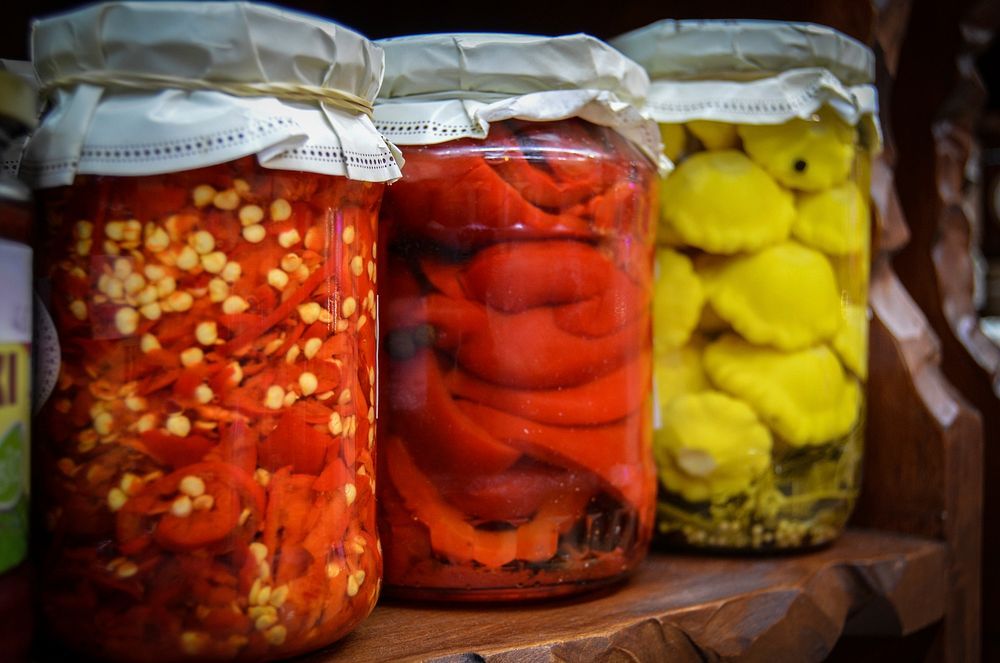
4. **Fermented Foods: Unlocking the Microbial Secrets of Ancient Sustenance**From tangy kimchi to robust sourdough, fermented foods have been a cornerstone of human diets for millennia. These culinary marvels harness the power of microorganisms to transform raw ingredients, preserving them, enhancing their flavor, and often increasing their nutritional value. Yet, for much of history, the processes behind fermentation were mysterious, guided by tradition and observation rather than scientific understanding. This enigmatic nature, coupled with the occasional batch gone wrong, could easily have led to public apprehension about their safety, treating them as foods with unpredictable “dangers.”
Today, food science is peeling back the veil of mystery, revealing the complex microbial ecosystems at play. The article “Traditional Fermented Foods and Their Physicochemical, Sensory, Flavor, and Microbial Characteristics” speaks directly to this exploration, representing a deep dive into understanding what makes these ancient foods tick. While the abstract focuses on describing their attributes rather than historical dangers, the very act of systematically characterizing their “physicochemical, sensory, flavor, and microbial characteristics” signifies a shift from anecdotal knowledge to scientific mastery.
This scientific scrutiny is vital. By precisely identifying the beneficial microbes involved, understanding the optimal conditions for their activity, and analyzing the chemical transformations that occur, researchers can ensure the consistency and safety of fermented products. This move towards a data-driven understanding demystifies the process, making it less of a culinary gamble and more of a controlled art. It means that the “danger” of an improperly fermented food—which could range from unpalatable to genuinely unsafe—is significantly reduced through enlightened scientific principles.
Understanding the microbial characteristics, for instance, allows for the development of starter cultures that promote desirable outcomes and suppress spoilage organisms or pathogens. This research reinforces the idea that what was once a purely traditional method, often fraught with uncertainty, is now being optimized by scientific insight. It transforms fermented foods from a category shrouded in a bit of mystery and potential risk into celebrated examples of controlled microbial gastronomy, where the benefits are maximized and the inherent complexities are expertly managed for public enjoyment and safety.

5. **Shellac–Chitosan Nanocomposites: Engineering Stability, Erasing Suspicion**For many, the mention of “nanocomposites” in food might initially conjure images of futuristic, perhaps even unnatural, ingredients. Historically, any unknown or highly engineered component introduced into our food supply could have been met with skepticism or outright fear, perceived as a potential danger to health. Yet, these complex structures, when scientifically understood and tailored, can become incredible allies in food preservation and quality. Modern food science is actively transforming these once-enigmatic elements into reliable, high-performance tools, showcasing how precision engineering enhances food safety and consumer satisfaction.
Take the intriguing case of pH-driven shellac (SH) and chitosan (CS) nanocomposites. These aren’t just fancy words; they represent a brilliant scientific approach to creating advanced food stabilizers. Before detailed research, the public might have viewed such ‘engineered’ materials with apprehension, unsure of their origins or effects. However, scientists have systematically investigated their formation and properties, demonstrating how a simple pH shift, generated by mixing alkaline shellac and acidic chitosan solutions, can drive the formation of these beneficial nanocomposites, which possess crucial interfacial activity.
Recent research underscores the depth of this understanding. It highlights that the “addition sequence determined the nanocomposite structure: adding SH to CS produced core–shell structures, whereas the reverse order yielded co-assembled hybrid nanocomposites.” This meticulous control over structure is no mere academic exercise; these distinct structures directly impact the nanocomposites’ interfacial behavior. The ability to precisely tailor these properties moves beyond simply making food ‘stable’ to optimizing it in ways previously unimaginable, reassuring consumers that these engineered components are not only safe but also highly effective.
Crucially, the co-assembled nanocomposites were found to “effectively balanced the inherent hydrophobicity of SH and hydrophilicity of CS, achieving moderate wettability.” This perfect equilibrium “significantly reduced interfacial tension, thereby enhancing emulsifying performance.” This scientific breakthrough provides a robust foundation for understanding and utilizing these advanced materials, transforming them from potential sources of public mistrust into celebrated examples of how precision engineering can unlock “strong potential as high-performance Pickering emulsifiers,” leading to safer, more consistent food products. It’s a testament to how transparency and rigorous research can demystify complex food technologies.
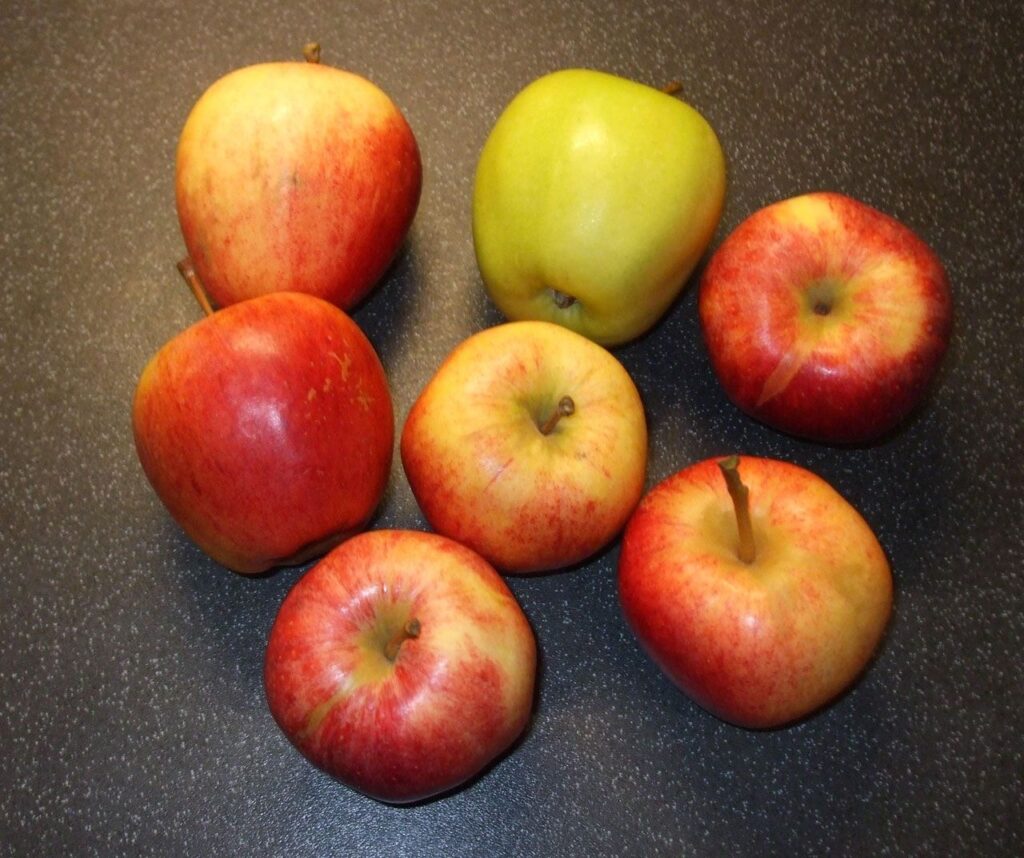
6. **’Annurca’ Apples: From Mealy Misery to Crisp Perfection**Imagine biting into a supposedly fresh apple, only to find it soft and mealy—a far cry from the crisp, juicy experience you expected. While not “toxic” in the conventional sense, such a disappointment represents a form of quality degradation that historically could have led consumers to discard fruit as “spoiled” or “unfit,” thereby presenting a different kind of “danger” in terms of wasted resources and gastronomic letdown. For a traditional cultivar like the ‘Annurca’ apple, celebrated for its unique flavor and color, this textural trade-off was a persistent challenge that modern science sought to overcome.
Native to Italy and protected by the “Melannurca Campana” EU PGI designation, the ‘Annurca’ apple relies on a mandatory, traditional postharvest reddening process within a ‘melaio’. While this age-old method is “essential for developing its characteristic flavor and color,” it simultaneously “can also lead to significant textural degradation, resulting in a mealy and soft fruit that conflicts with modern consumer expectations.” This dilemma perfectly illustrates how traditional practices, while culturally rich, sometimes introduce undesirable qualities that, in earlier times, might have simply been accepted or seen as an unavoidable flaw, potentially reducing the food’s appeal or perceived value.
Fortunately, scientific ingenuity has stepped in to resolve this long-standing “quality trade-off.” A study investigated an integrated postharvest strategy, comparing traditional reddening (“Melaio”), a 1-methylcyclopropene treatment alone (“MCP”), and a combined “MCP followed by melaio reddening” (“MCP+Melaio”) approach. The surprising results showed that the integrated treatment was “significantly preferred (Mean liking = 6.61)” by a panel of 534 consumers, outperforming both traditional and single-treatment methods. This clear preference was driven by a superior sensory profile, effectively blending the “high crunchiness and low mealiness of the MCP treatment with the high perceived aroma intensity and sweetness developed during the melaio phase.”
This scientific validation transformed a potentially “dangerous” quality degradation into a manageable challenge, creating “a high-quality apple that is texturally superior, aromatically intense, and has an extended sensory shelf-life.” By understanding the interplay of traditional methods and modern science, researchers provided a “scientifically validated and practical solution to enhance the quality and consistency of ‘Annurca’ apple production.” It’s a delightful example of how precise scientific intervention can elevate traditional foods, ensuring they meet evolving consumer expectations without losing their authentic charm, ultimately transforming what might have been considered a commercially “risky” product into a consumer favorite.
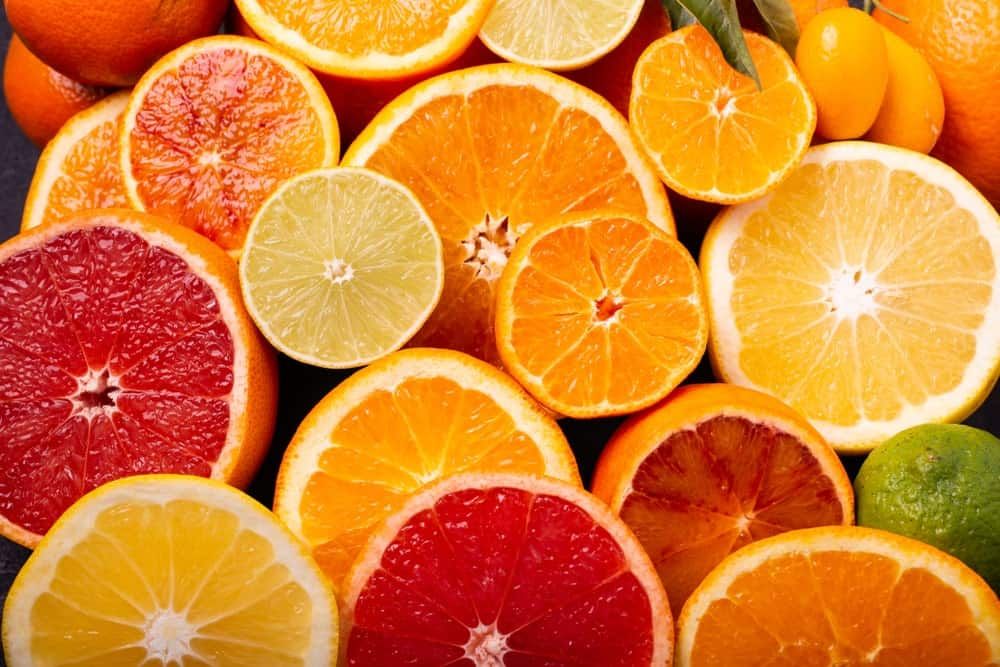
7. **Hesperidin: Unveiling a Citrus Superstar’s Hidden Powers**While not a food once mistakenly deemed “toxic,” the story of hesperidin is one of unrecognized potential—a “silent health protector” whose profound benefits remained largely hidden or misunderstood by the public for generations. In a world before advanced nutritional science, the absence of knowledge about such potent natural compounds represented a different kind of “danger”: the missed opportunity to harness nature’s pharmacy for human well-being. Modern research is now peeling back the layers of these natural compounds, revealing their incredible therapeutic roles.
Hesperidin, a natural compound found abundantly in citrus fruits, is precisely one such superstar. Its potential as a therapeutic agent was not always fully appreciated, making it a compelling subject for contemporary study. As the abstract states, “Atherosclerosis (AS) currently lacks fully effective treatments,” highlighting the urgent need for new interventions. This context elevates the significance of discovering and validating compounds like hesperidin, shifting them from mere dietary components to crucial elements in the fight against complex diseases, thereby diminishing the “danger” posed by insufficient treatment options.
Through rigorous scientific investigation, researchers have uncovered hesperidin’s multifaceted benefits. Using “Apolipoprotein E knockout (ApoE−/−) mice as a model of atherosclerosis,” a study found that “hesperidin treatment improved physiological and metabolic health, reduced plaque formation, and decreased systemic inflammation and oxidative stress.” These aren’t just minor improvements; they represent significant strides in understanding how natural compounds can actively combat serious health threats, transforming an overlooked element into a powerful ally against disease.
Beyond its direct impact on plaque, hesperidin also “reshaped gut microbiota, increasing beneficial bacteria (Verrucomicrobia and Bacteroidota) and significantly lowering fecal levels of branched-chain amino acids (BCAAs: valine, leucine, and isoleucine) by 27.4%, 50.1%, and 40.8%, respectively.” These intricate changes, linked to specific microbial shifts, reveal a sophisticated mechanism of action. Ultimately, research concludes that hesperidin “alleviates atherosclerosis likely by modulating the gut microbiota–BCAA–host axis,” positioning it as a “promising dietary intervention or therapeutic agent.” This journey from an undifferentiated fruit component to a targeted health solution exemplifies how science mitigates the “danger” of ignorance, illuminating previously unseen paths to health.

8. **Salt and Sauced Duck: The Science of Controlled Flavor and Safety**Salt. For centuries, it has been both an essential preserver and a flavor enhancer, yet its public perception has swung between life-sustaining necessity and dangerous culprit, particularly in excess. The ancient art of curing and salting, while effective, often lacked precision, leading to either under-salted, quickly spoiling food or overly salted dishes, risking health issues. This historical dichotomy of salt’s role underscores how a fundamental food element, if not properly managed, could pose genuine ‘dangers’ to health or food safety. Modern food science, however, is transforming these traditional practices with impressive accuracy.
Consider the preparation of sauced duck, a delicacy where consistent salt penetration is key for both taste and preservation. Traditionally, achieving uniform salinity could be a hit-or-miss affair, with uneven penetration potentially leading to areas of rapid spoilage or undesirable flavor profiles. The application of new scientific methods, such as ultrasound-assisted curing, directly addresses these historical inconsistencies, mitigating the ‘danger’ of unreliable processing and inconsistent quality.
A study investigated precisely “the effect of ultrasound-assisted curing on salt penetration in sauced duck,” employing advanced tools like “low-field nuclear magnetic resonance (LF-NMR) and magnetic resonance imaging (MRI).” This rigorous approach revealed that “Ultrasound treatment significantly accelerated salt penetration in duck meat during curing,” with higher ultrasound power leading to a greater enhancing effect on salt uptake. For example, treatment at “28 kHz, 450 W ultrasound resulted in a salinity comparable to that achieved by traditional curing 3.46 ± 0.11%,” but with far greater control and speed. This precision is a stark contrast to historical, less predictable salting methods.
Beyond speed, the research also focused on uniformity. LF-NMR and MRI provided “non-destructive, rapid, and precise visualization of salt penetration,” with “pseudo-color images confirmed the salt content results and revealed that the 28 kHz, 450 W ultrasound treatment promoted a more uniform salt distribution, similar to conventionally marinated samples.” This scientific mastery over a fundamental process ensures that the ‘dangers’ associated with inconsistent or excessive salting are minimized, guaranteeing a safer, higher-quality product. This elegant integration of technology into age-old culinary arts showcases how scientific insights transform food preparation, turning unpredictable traditional challenges into precisely managed benefits for consumer health and enjoyment.
Our journey through these eight fascinating food transformations has illuminated a profound truth: the line between “toxic” and “safe,” “dangerous” and “beneficial,” is often drawn by the advancing pen of scientific inquiry. From neutralizing antinutrients in raw beans to engineering stability in novel food components, and from elevating traditional apple cultivation to perfecting the art of salting duck, science relentlessly peels back the layers of culinary mystery. It challenges assumptions, reveals hidden potentials, and ultimately, builds a more secure, nutritious, and delicious future for our plates. Every discovery reshapes our relationship with food, turning yesterday’s uncertainties into today’s culinary certainties, reminding us that curiosity, innovation, and rigorous research are the secret ingredients in humanity’s greatest recipe: a safer, healthier, and more palatable world.



